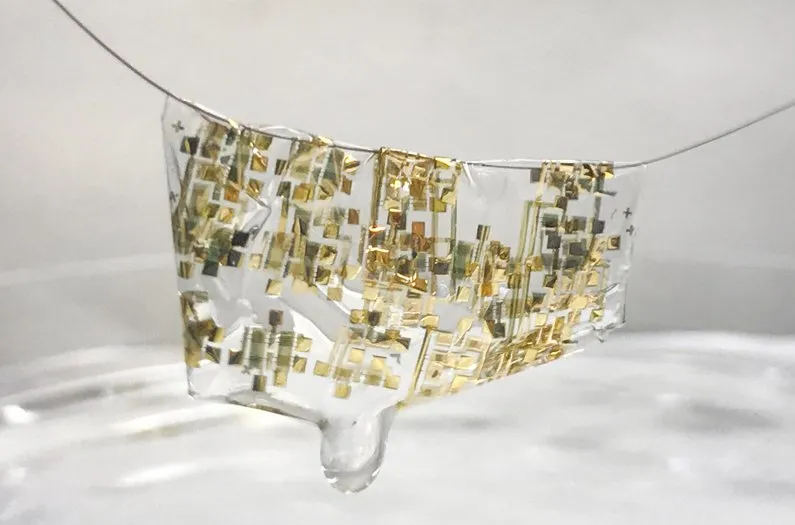As the world becomes increasingly reliant on technology, electronic waste (e-waste) has surged to alarming levels—posing environmental and health risks worldwide. Enter biodegradable electronics, a groundbreaking innovation poised to revolutionize how we manufacture and dispose of devices. These eco-friendly alternatives are designed to decompose naturally after use, drastically reducing long-term waste and pollution. This emerging field exemplifies E-E-A-T (Experience, Expertise, Authoritativeness, and Trustworthiness), backed by cutting-edge research from leading institutions like Stanford and MIT.
Biodegradable electronics use materials such as silk, cellulose, and magnesium instead of traditional plastics and heavy metals. These components break down harmlessly in soil or water within weeks or months, depending on the design. Innovations range from transient medical implants that dissolve after healing the body to eco-sensors for agriculture and environmental monitoring. Unlike conventional electronics, these devices are often thinner, lighter, and require less energy to produce—making them both efficient and eco-conscious.
The implications for sustainability are massive. With global e-waste expected to reach over 75 million tons annually by 2030, biodegradable tech offers a realistic path forward. Startups and research labs are now exploring scalable production and commercial viability. While still in early stages, this innovation represents a bold step toward harmonizing technological advancement with environmental responsibility—an essential evolution for a greener future.




